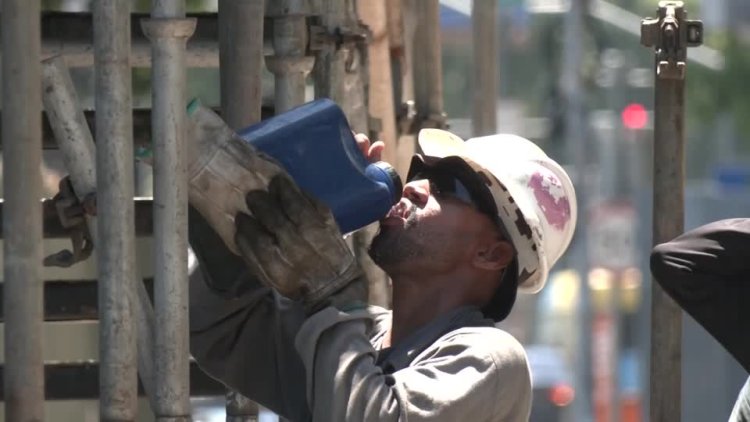Rio hits 44°C, highest ever before Carnival

Rio de Janeiro reached a historic temperature of 44°C, triggering an unprecedented "Heat 4" alert and raising concerns about public health and safety during the upcoming Carnival festivities. This temperature surpassed the previous record of 43.8°C set in November 2023, when a Taylor Swift concert attendee tragically died from heat exhaustion.
City officials implemented emergency protocols, establishing hydration stations and issuing public health advisories. Health Secretary Daniel Soranz reported that January saw over 3,000 heat-related emergency treatments, more than double the typical numbers, primarily for dehydration and sunburn cases.
The extreme conditions have particularly affected Rio's favelas, where urban heat island effects intensify the impact. In the Bateau Mouche favela, residents resorted to dousing themselves with water for relief, and at least one elderly resident fainted due to the heat.
Despite the severe conditions, Mayor Eduardo Paes confirmed that Carnival events would proceed as scheduled, though with enhanced safety measures and strong recommendations for attendees to maintain proper hydration. A major samba school already cancelled its Copacabana beach parade rehearsal due to the extreme temperatures.
Chief meteorologist Raquel Franco noted that February's previous heat record was 41.8°C, set just last year. With no rainfall forecast, this February could become one of the driest on record. The heat wave has extended to other regions, with the state of São Paulo also under alert, experiencing temperatures around 38°C.
This extreme weather event adds to Brazil's growing list of climate-related challenges, including floods, droughts, and fires, which experts associate with global warming. The situation has impacted various sectors, including the ongoing Rio Open tennis tournament and Carnival preparations, highlighting the increasing need for climate adaptation strategies in urban areas.















